The Who are our last great rock ’n’ roll band. More than 60 years after four working-class boys from west London formed a humble R&B combo, the two surviving members look to be hanging up their spurs for good. The Who have named their latest string of engagements – a farewell tour which concluded early this month – “The Song Is Over.” When I caught them in Long Island, rumors of geriatric struggles were soundly put to rest: Pete Townshend, 80, and Roger Daltrey, 81, were in cracking good form. Most concertgoers that night were male, working-class and in their late fifties or early sixties. This was not the generation that first greeted the Who on these shores: these were the younger brothers who were too young to thumb a ride to Woodstock in 1969, or who got into the band during their arena-rock glory days in the 1970s or via MTV in the 1980s.
It’s like watching a tribe of warriors armed with spears obliterated by a single battalion with a Gatling gun
The Who have, in essence, always been for the boys. While the Rolling Stones carefully concocted a formula for maximizing female attention, the Who were more concerned with having fun. Sure, Daltrey’s look – shirtless, blond, messianic – was of no slight heterosexual appeal. And yet unlike Mick Jagger gyrating about in his lipstick and women’s clothes, Daltrey was always stiff-backed and unambiguously masculine. The Who’s ethos was less about getting laid and more about smashing things and dropping cherry bombs into plumbing fixtures. Magic buses. Post-apocalyptic survival fantasies. A bloke called Happy Jack who lives in the sand on the Isle of Man. A spider named Boris. It’s the stuff of sci-fi mags and comic strips and Saturday–morning cartoons. They even recorded the Batman theme on their first EP.
Adolescent angst and joy permeate every inch of the band’s catalog. “Pictures of Lily” (1967) concerns a boy’s infatuation with a vintage pin-up girl. Their epic live covers of Eddie Cochran’s “Summertime Blues,” about drudging away at a summer job, and Mose Allison’s “Young Man Blues,” are teenage cris de coeur.
Or take “Tattoo” (1967), about a boy and his brother who, eager to assert their masculinity, logically deduce that manly tattoos are the way to go. But then things go wrong:
My dad beat me because mine said “Mother”
But my mother naturally liked it and beat my brother
’Cause his tattoo was of a lady in the nude
And my mother thought that was extremely rude.
Welcome to my life, tattoo
I’m a man now, thanks to you
I expect I’ll regret you
But the skin-graft man won’t get you
You’ll be there when I die.
Who but Pete Townshend could have pulled off something as poignant and naive and funny as this? Sonically speaking, the Who exploded the parameters of rock music in every direction. It’s often said that they were four lead musicians in one band: lead drums, lead bass, lead vocals and lead guitar. It’s true: listen to a Who track four times, keying into a player each time, and you’ll discover something new every go, whether it’s John Entwistle’s thunderous yet melodic bass, Keith Moon’s stochastic drums chasing Daltrey’s muscular tenor like a pack of beagles, or Townshend’s electric guitar crackling like heat lightning above it all. The result is a soundstage stacked as high as a skyscraper: “I Can See for Miles” (1967) sounds like it was recorded in the Chrysler Building’s stairwell.
When most of their contemporaries were busy embarking on flights of postmodern psychedelic fancy, the Who never lost sight of what first made them great, and what made rock ’n’ roll great: music by teen-agers, for teenagers. In fact, they doubled down again and again, from the pinball-savant hero of Tommy (1969), the world’s first rock opera, to the mod nostalgia of Quadrophenia (1973). That youthful spirit kept them from taking themselves too seriously and gave their live act an unmatched energy and light-footedness. If you have any doubt, watch the Who perform “A Quick One,” their mini rock opera, as guests on The Rolling Stones Rock and Roll Circus television special in 1968. Performed in the presence of members of the Stones and Beatles, who were both at something of a spiritual nadir at that moment, the performance gives the effect of watching a tribe of warriors armed with spears obliterated by a single battalion with a Gatling gun: absolute carnage delivered with maximum efficiency, as the Who massacre the competition with their melodicism and sheer delight in their work.
With the Who calling it quits, it’s just the Rolling Stones left. No doubt, the Stones are the last great rock band of the 1960s. But for much longer than you’d think – maybe as far back as that performance in 1968 – the Who have been our last great rock ’n’ roll band. An era has come to an end.
This article was originally published in The Spectator’s October 27, 2025 World edition.



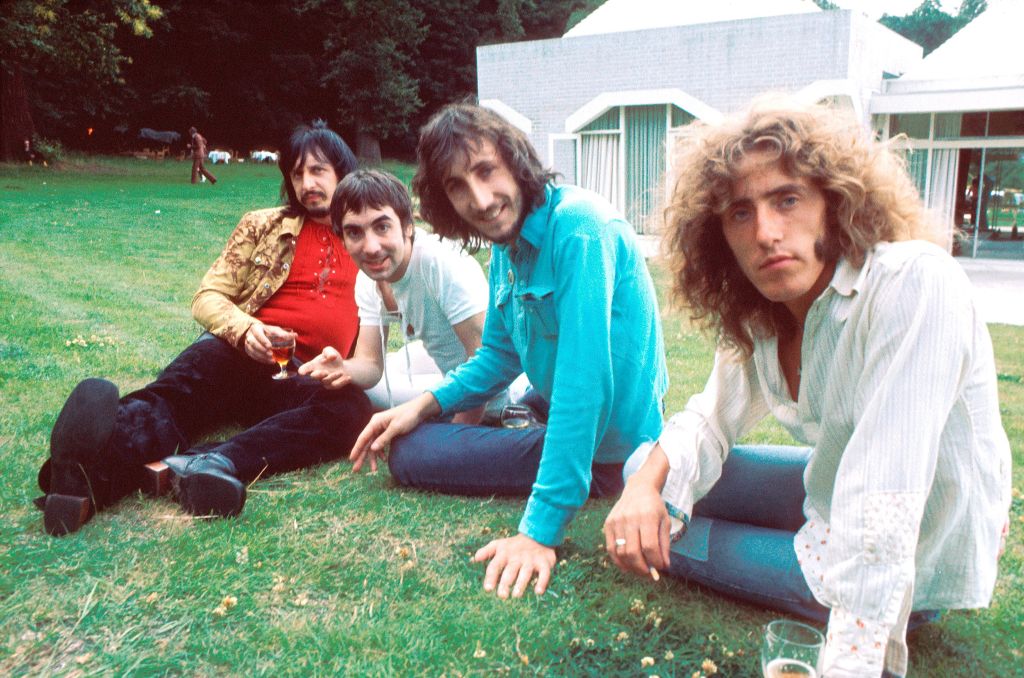










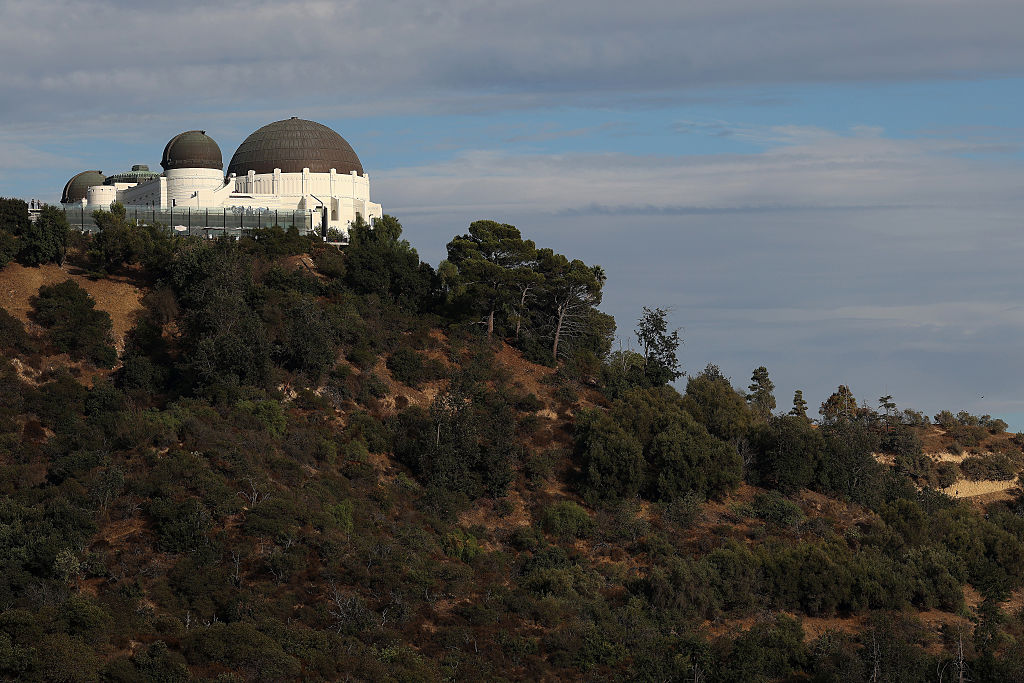
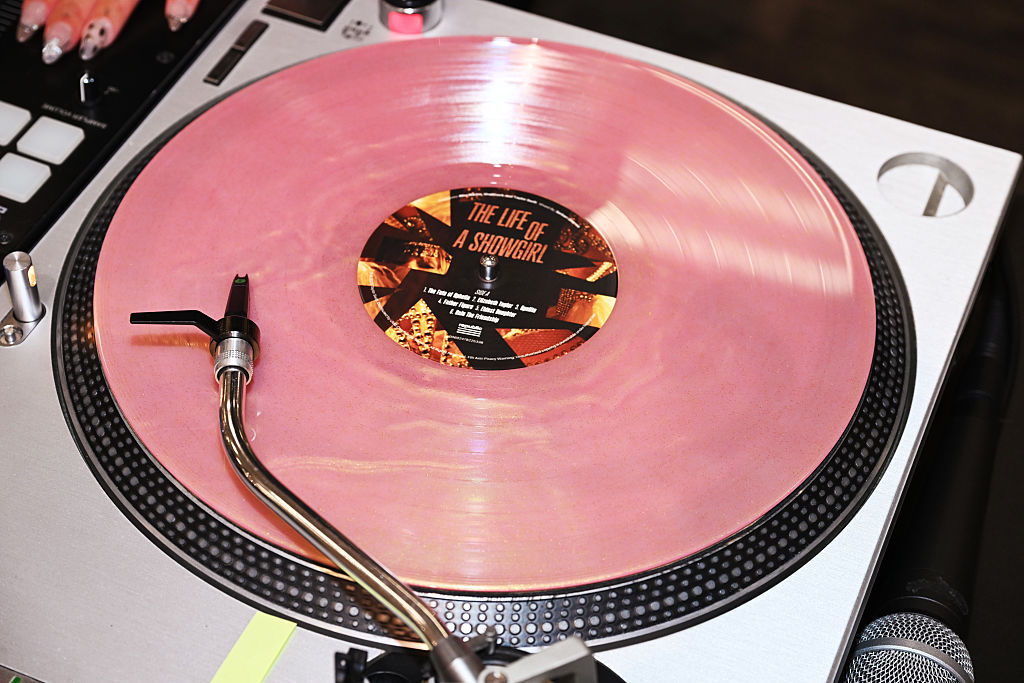
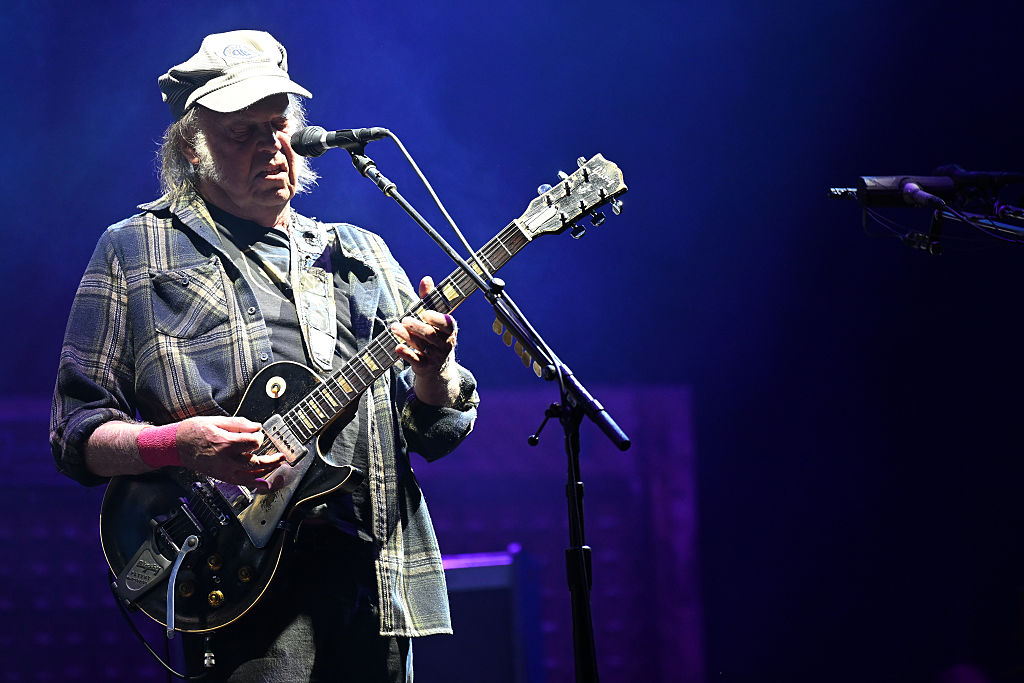

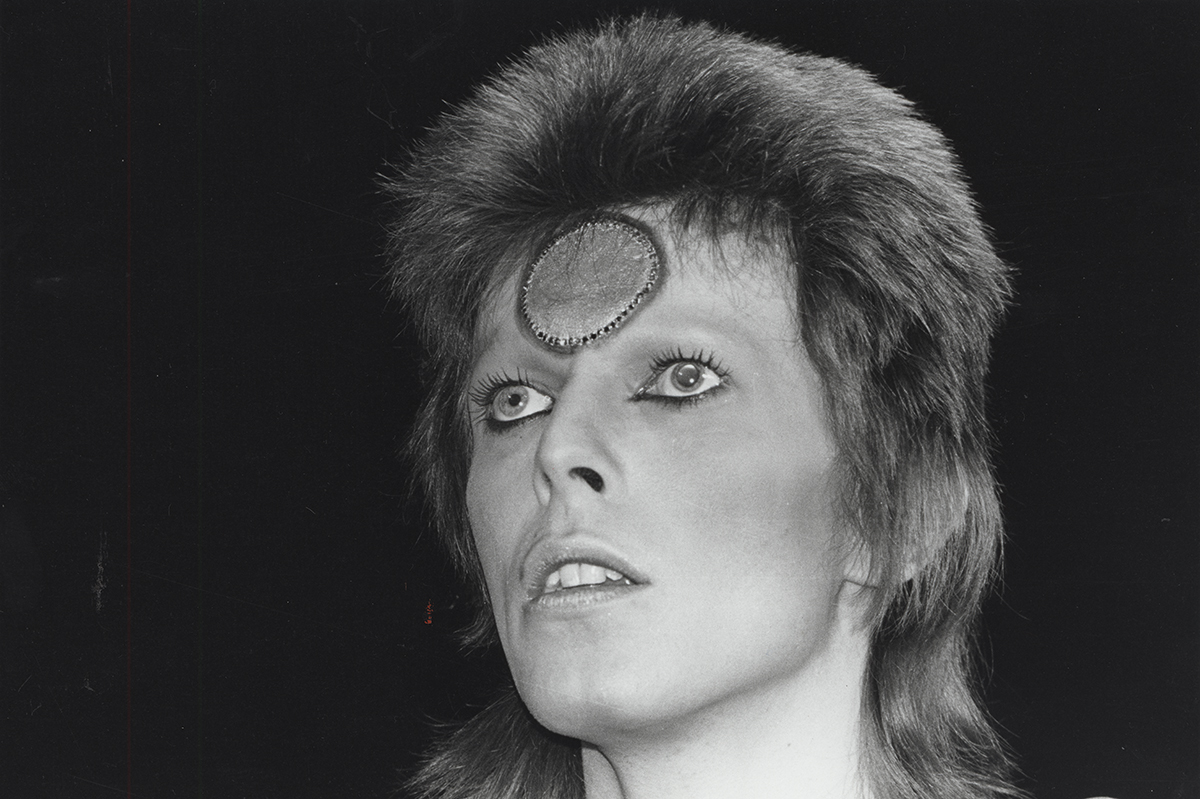

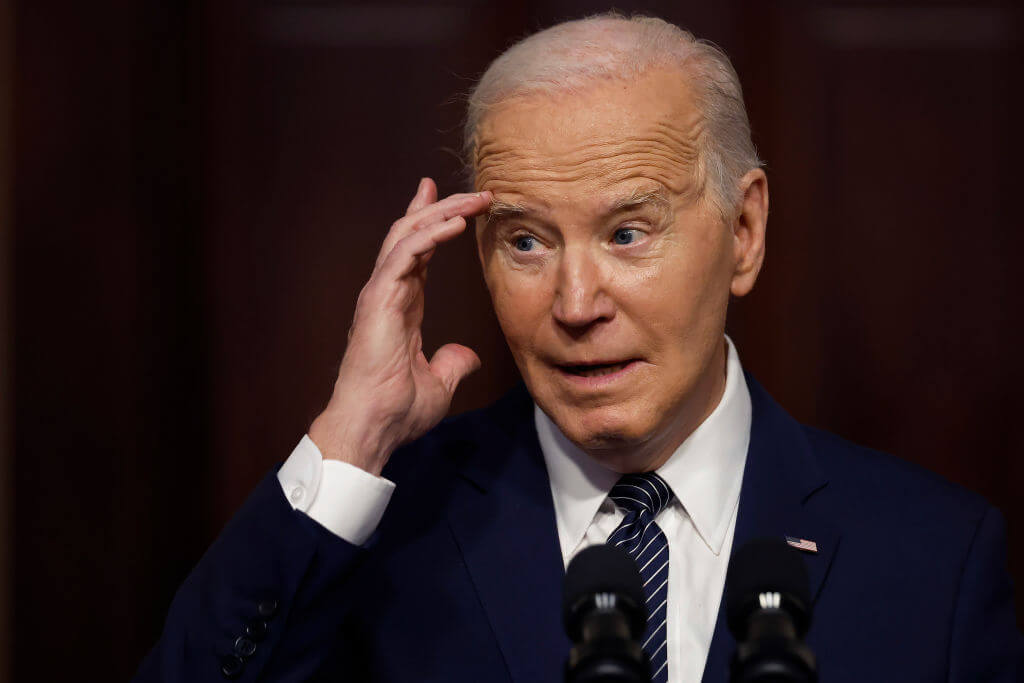


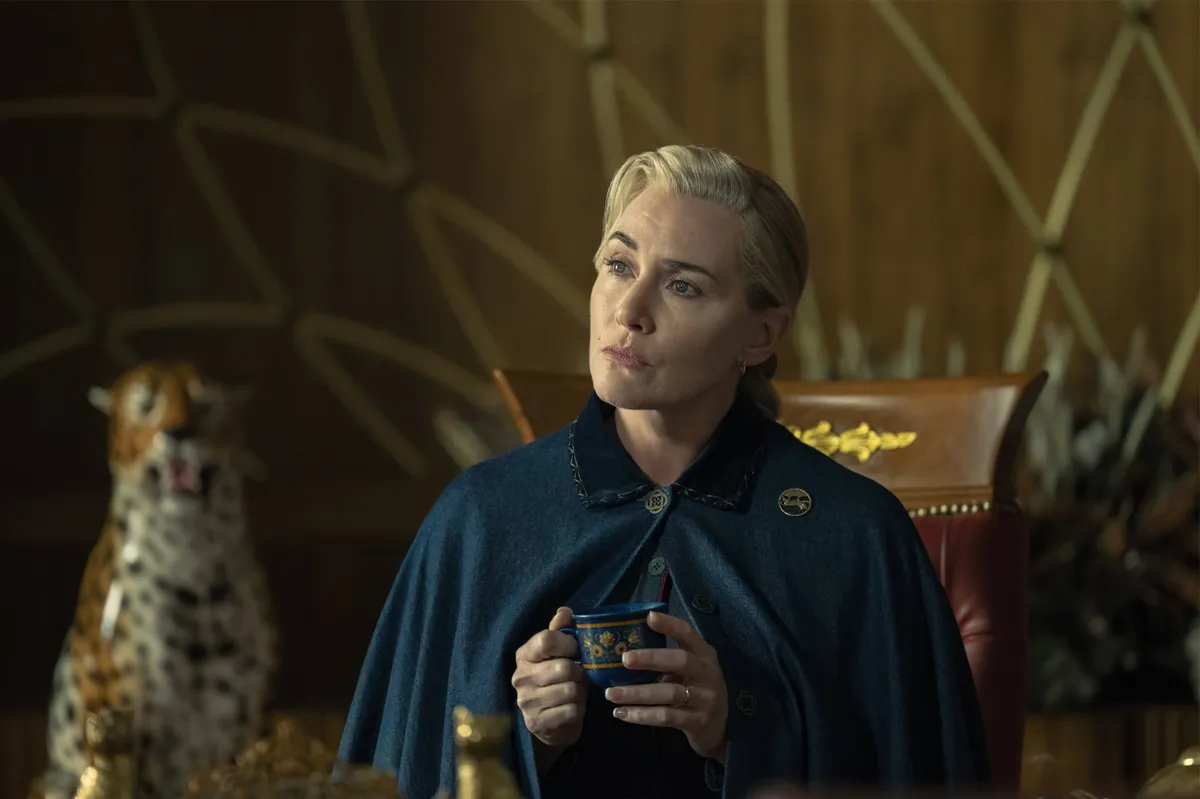
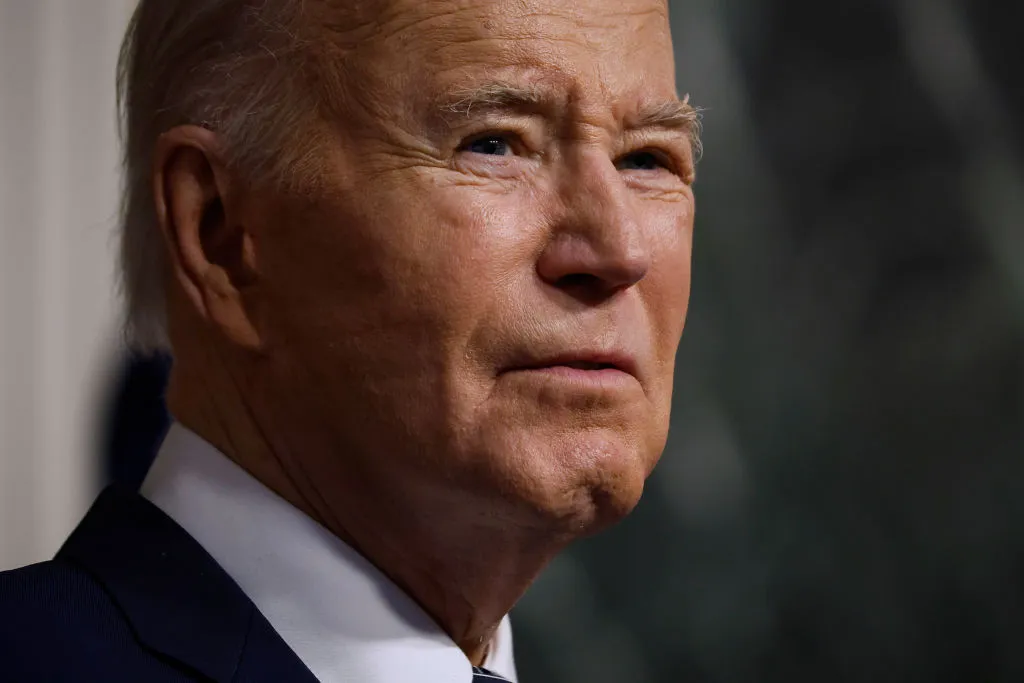

Leave a Reply